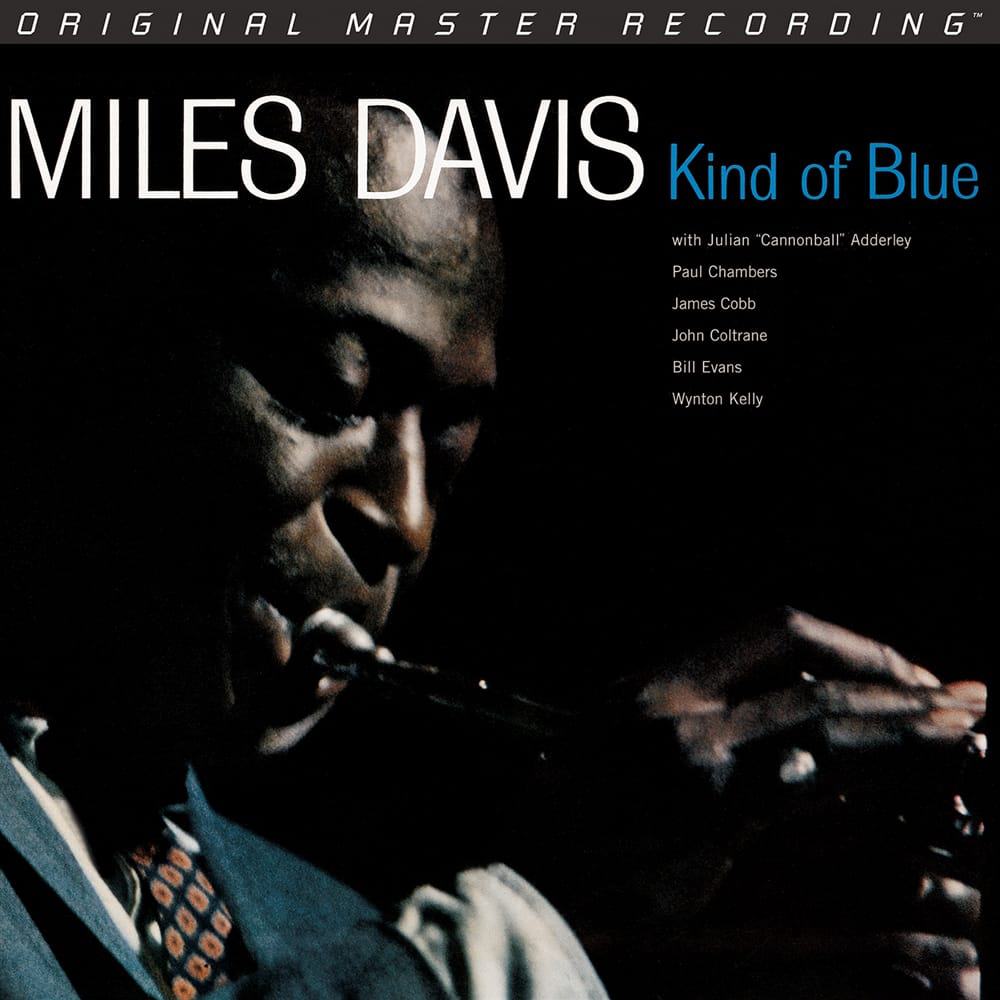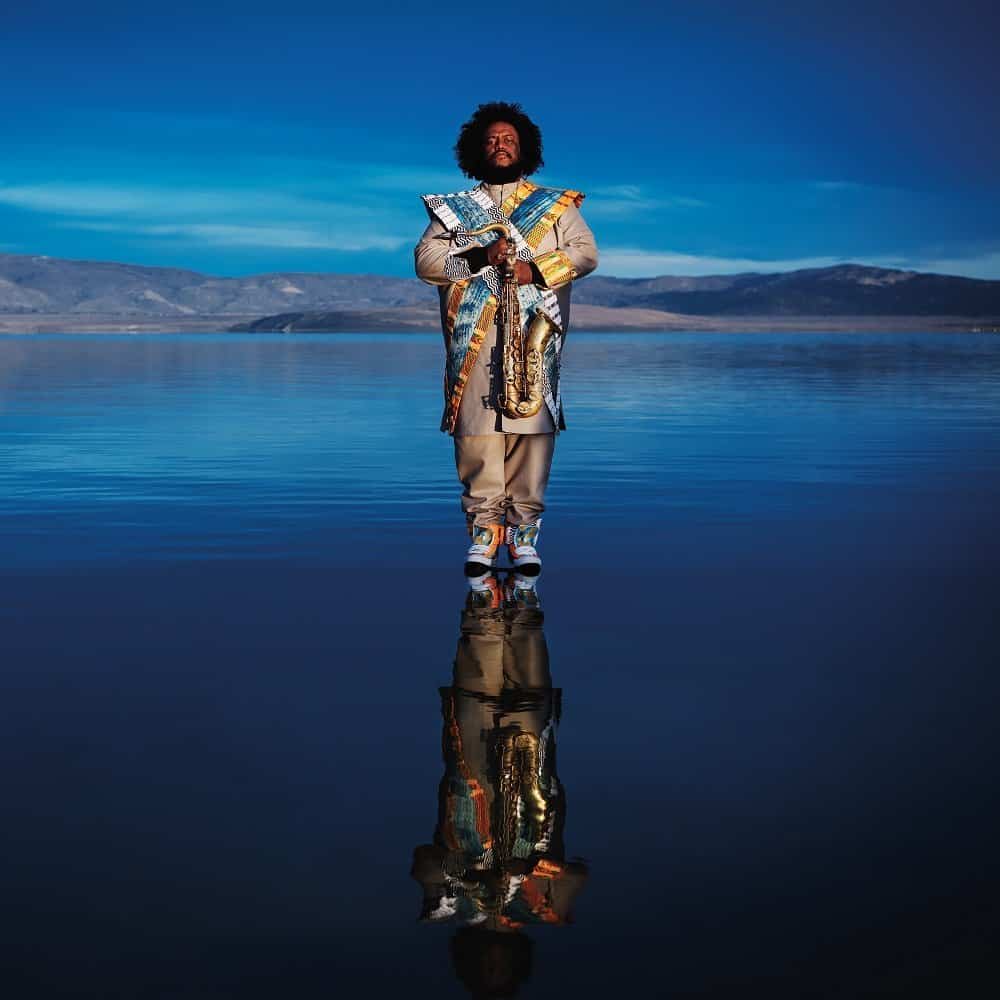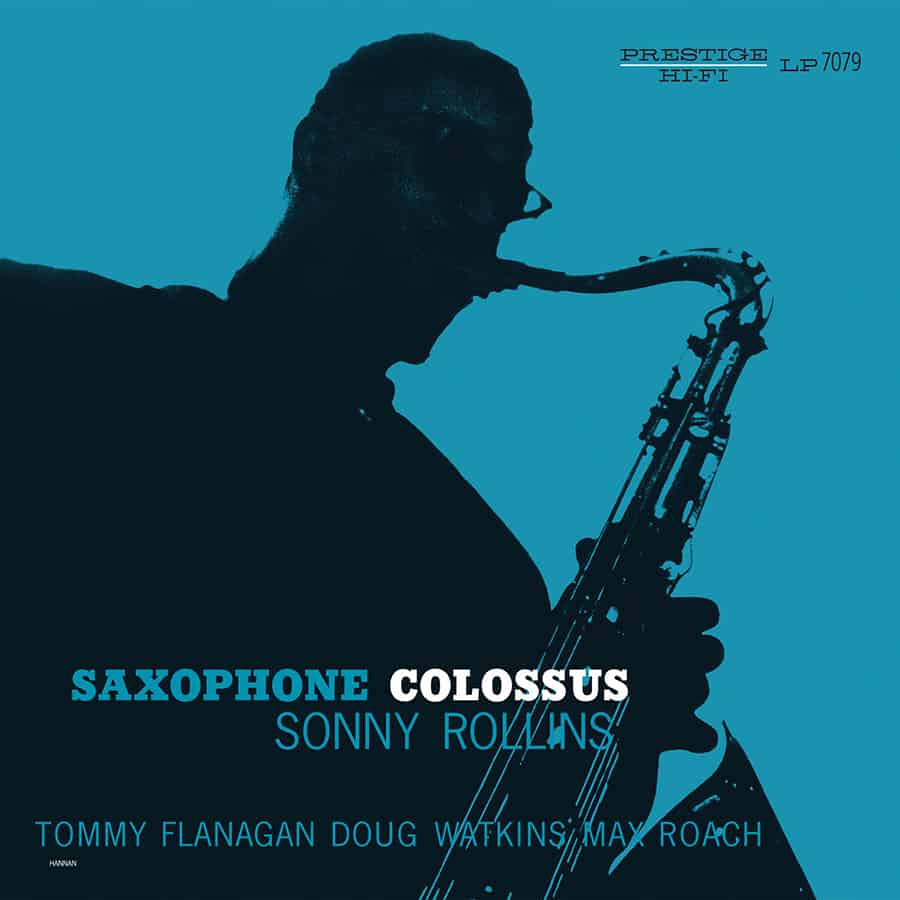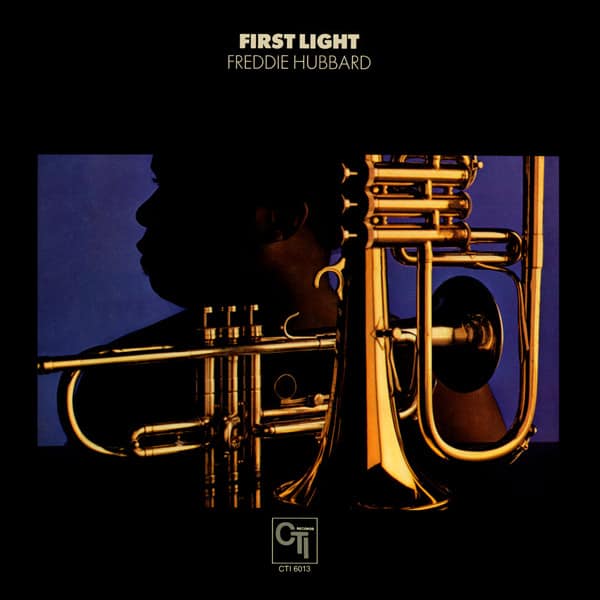Marketplace
2018 Resonance Records PRESSING
- Catalog Number HLP-9035
- Release Year 2018
- Vinyl Mastering Engineer Bernie Grundman
- Pressing Weight 180g
- # of Disks 3
- Jacket Style Gatefold
A multi-instrumentalist who proved equally facile on flute, alto sax, and bass clarinet—as well as one of the 20thcentury’s great composers—Eric Dolphy created music deemed “out there” albeit approachable. He danced to his own drummer, but his fare remains dance-like in the same manner Thelonious Monk’s work prods you to move. In short, Dolphy makes your heart want to dance even if your feet might refuse to follow.
Many jazz fans are familiar with Dolphy’s 1960-61 work for the Prestige/New Jazz label, including Out There, Far Cry, Outward Bound, and At the Five Spot. Even more listeners own a copy of his single Blue Note album, 1964’s Out to Lunch. Yet only intrepid fans are as familiar with his material from 1963, recorded in between record-label contracts.
Indeed, before the Internet, Dolphy devotees would carry a copy of Uwe Reichardt’s Dolphy discography around from shop to shop while searching for obscure titles to fill out every missing piece of the Dolphy puzzle. Two such gems are Conversations and Iron Man, from sessions recorded over five days in mid-1963 at Music Maker’s Studios in New York City under the production of Alan Douglas. (Dolphy was also joined by nine of New York’s finest progressive jazz artists—Clifford Jordan, Woody Shaw, Bobby Hutcherson, Richard Davis, and Charles Moffett included.)
Released on the short-lived Fred Miles label (FM-308) late in 1963, Conversationsdisplays one of the most beautifully designed and constructed covers of its time—modern graphics and a gorgeous matte finish. Issued on Douglas International Records (SD 7850) several years after Dolphy died in June 1964, Iron Man has less-interesting artwork but a glossy gold cover that looks finished with a buffer.
Resonance Records, which has become one of the top jazz reissue labels on the planet during its 10-year existence, recently released a 3LP set from the aforementioned sessions, including both original LPs and a third disc of outtakes. Unlike the stereo originals, Musical Prophet: The Expanded 1963 New York Studio Sessions stems from mono master tapes and therefore, does not constitute a reissue in the pure sense of the term. The original stereo tapes disappeared, but before Dolphy departed on the European trip on which he died, he entrusted a suitcase full of master tapes with a close friend, who eventually passed it on to jazz flautist James Newton. The suitcase contained the mono masters for the sessions.
Like the earlier stereo releases, the mono recordings lack truly deep bass and the upper-frequencies seem limited given the absence of shimmer you might hear in excellent recordings of flute, vibes, and percussion. That said, the Resonance LPs sound far better than the original stereo LPs, with the imaging considerably improved and instruments spread out from left to right speaker rather than artificially panned. It’s the most realistic the music has sounded, and I’m sure Bernie Grundman’s fine mastering job will remain unsurpassed.
Fans of Dolphy, and inquisitive souls who wish to study some of the most creative jazz ever recorded, should grab this limited-edition set—released as a Record Store Day Black Friday (November 23, 2018) special. It also comes with an outstanding 20-page booklet replete with photos and informative liner notes. Many prior Resonance sets have quickly sold out and turned up for twice the retail price on eBay. Consider yourself warned.
Musical Prophet: The Expanded 1963 New York Studio Sessions
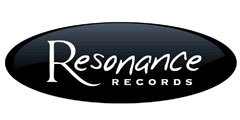
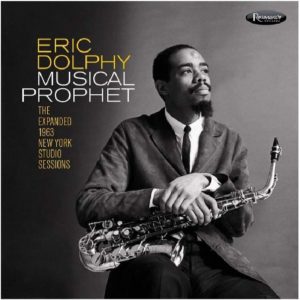
 4.5
4.5
